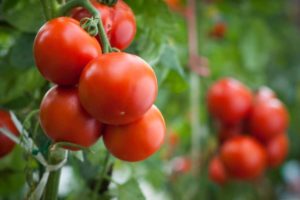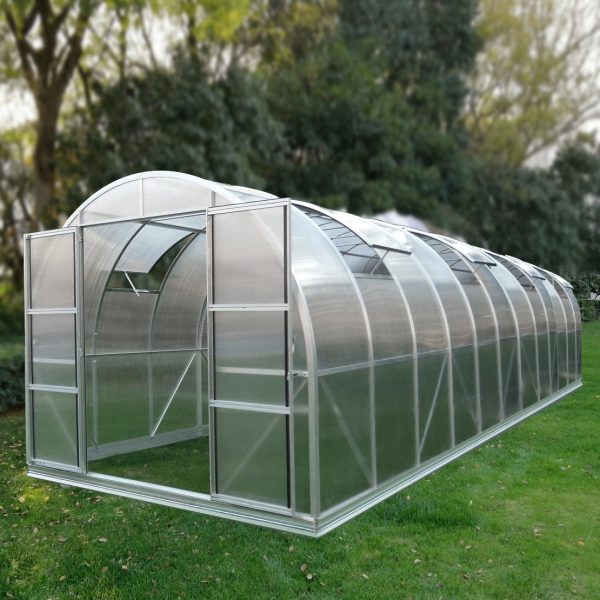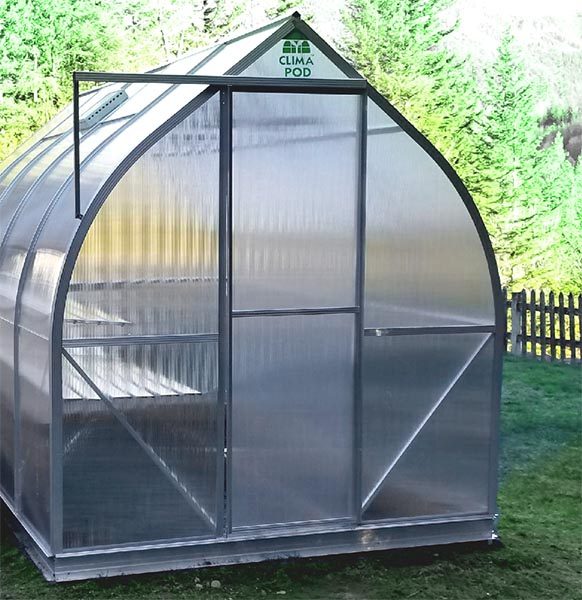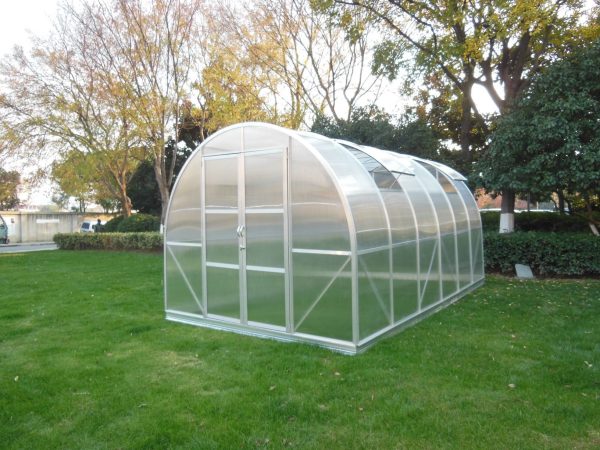Here is our point of view on organic food growing, some of the benefits and challenges of a healthy diet, comparing gmo and natural food.
Organic food vs. GMO
During the last couple of decades consumers all over the world have been enjoying the widest variety of foods, both organic and those cultivated with the help of biotechnology. Simultaneously, there’s been a huge debate concerning the consumption of genetically modified foods. Some activists even drew parallels between eating the results of biotechnological progress and, literally, poisoning oneselves for there were deaths recorded from GM, near-deaths and increased amount of food allergies caused by this kind of products.
Of course, the choice of consumed products is a private matter. What we are trying to do here is to help you make this important decision for it not only determines your health and quality of living, but also affects the entire food system, starting with land, air, water and the environment itself and ending up with farmers, who often make growing organic or non-organic produce their lifetime project.
The history of Genetically Modified Organisms (GMOs) goes back to 1996, when the first crops were made available to producers. Since then, the production of modified foods has been growing drastically and in ten-years-time the impressive number of 124 million acres in US only was covered by biotech crops. Today they are successfully grown on almost 500 million acres by 18 million of farmers in 27 countries all over the world. The use of biotechnology in modern farming has lead to the massive growth of the amount of food produced, but what’s the price of GMO consumption?
 Due to the fact that genetically modified products have never been tested for being safe to consume, we can’t be sure if human body is able to digest the produce grow from mutated seeds. Lets not forget about the pesticides and herbicides used in their cultivation. Apart from that, GMO’s are also widely used in animal feed, which means we can consume them not even being aware of this fact when buying meat and dairy products. The increase of GMO production has consequently led to the increased number of autoimmune diseases, decreased fertility, allergies, asthma and different types of cancer. Genetically modified plants are also getting more and more resistant to the herbicides used in their growing, which means that farmers have to use even more sprays leading to toxic overload. All these are just some of reasons to avoid eating food that includes GMOs.
Due to the fact that genetically modified products have never been tested for being safe to consume, we can’t be sure if human body is able to digest the produce grow from mutated seeds. Lets not forget about the pesticides and herbicides used in their cultivation. Apart from that, GMO’s are also widely used in animal feed, which means we can consume them not even being aware of this fact when buying meat and dairy products. The increase of GMO production has consequently led to the increased number of autoimmune diseases, decreased fertility, allergies, asthma and different types of cancer. Genetically modified plants are also getting more and more resistant to the herbicides used in their growing, which means that farmers have to use even more sprays leading to toxic overload. All these are just some of reasons to avoid eating food that includes GMOs.
Somewhere in between the organic foods and modified ones lies the type of food labeled as ‘Non-GMO’. The mark it has doesn’t necessarily mean that these products are as safe to be eaten as those home-grown. The Non-GMO label indeed means that the food was produced without any genetically modified ingredients. It might still contain synthetic pesticides, linked to leukemia and lymphoma, herbicides that are known to cause kidney diseases and breast cancer and, finally, growth-promoting antibiotics, which can contribute to weight gain and antibiotic resistance.
Having discussed the consequences of eating conventional food, let’s continue with something purely natural. We consider ‘organic‘ the foods that are minimally processed and free from any potentially harmful substances, such as hormones, antibiotics or any other substance that wasn’t meant to be there originally. These days organic food business is growing faster than ever: nearly 70 per cent of US population buy organic produce occasionally and almost 25 per cent buy it at least one time per week. The reasons for this a pretty simple: we want healthy natural food which is good both for our body and for the environment. According to the latest studies, organic foods are far richer nutritionally than conventional foods. They are better for fighting cancer, help you improve your immune system and are less likely to cause obesity. Besides, organic fruits and vegetables are much tastier and absolutely safe for children. More than that, raw organic food diet is extremely important for children and infants as it helps to decrease the chances of illnesses.
Greenhouse organic growing as the key to a healthy diet
Unfortunately, buying organic produce can be 50% more expensive than eating GMO food. And for that case we have a wonderful solution! Why not try to grow something fresh and healthy by yourself? It is known that people owning home gardens eat fresh, seasonal foods that are low in fat more often. Apart from that, gardening will also help you build muscles and burn calories. Still have some doubts because of the weather conditions in your area? Well, that’s not a problem at all! As we’ve already mentioned in the previous article, greenhouse is a perfect option for anyone willing to eat fresh produce all the year round. Greenhouse gives you the flexibility you needed to go ahead with any new forms of gardening, because you don’t depend on the weather conditions anymore. Another obvious benefit is the protection it gives to your plants. They will be shielded from winds, rains, droughts, insects, animals, etc. It is known that most plants need warm and humid environment to enhance their growth and greenhouses are able to secure these perfect conditions by maintaining the warmth and humidity, especially with automatic window openers and various ventilation systems, just like ones you can see in our Climapod greenhouse kits. Besides, a finely organized greenhouse will also solve the problem of keeping all the gardening tools in once place, where you can easily access them anytime needed. All in all, although purchasing a greenhouse often means a huge investment, the experience of the majority of home gardeners proves that the money you spent on this will be well worth it in the end.







